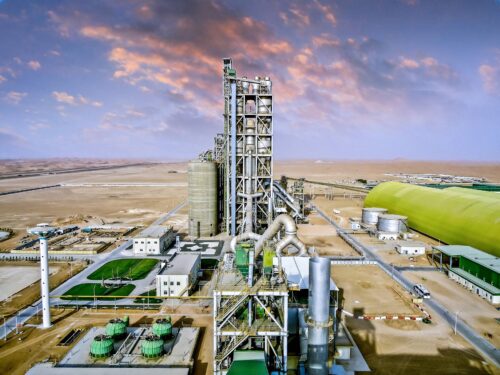
Report | 2022
The Road to Net Zero: Decarbonization in China’s Cement Industry
China is the world’s largest producer and consumer of cement. The industry accounts for 13 percent of the country’s total carbon emissions, making it the third largest-emitting industry after power and steel. Therefore, decarbonization of this industry is crucial to achieving the country’s goal of carbon neutrality.
This report by RMI and the China Cement Association reviews the industry’s short-, medium-, and long-term decarbonization strategies, technology deployment, and economics within the time frame delineated by China’s decarbonization goals (2020–2060), so as to provide potential guidance for policymakers and market participants.
At present, carbon reduction in the industry relies mainly on improving equipment and energy efficiency. Although these approaches can achieve some emissions reductions in the short term, they are unlikely to attain net-zero emissions using only existing technologies. The decarbonization of the cement industry requires a multifaceted approach, including reducing cement consumption, developing low-carbon cement varieties, increasing the substitution of low-carbon energy sources for fuel and electricity, and promoting carbon capture, utilization, and storage (CCUS) technology to offset process emissions.
The cement industry’s net-zero transition also requires the right institutions. Pricing mechanisms, such as carbon pricing, can ensure a cost advantage for low-carbon cement. The cement industry is closely related to upstream and downstream industries, most notably fuel, concrete, and construction. Therefore, a systematic approach that integrates the whole value chain’s net-zero transition is also necessary.
